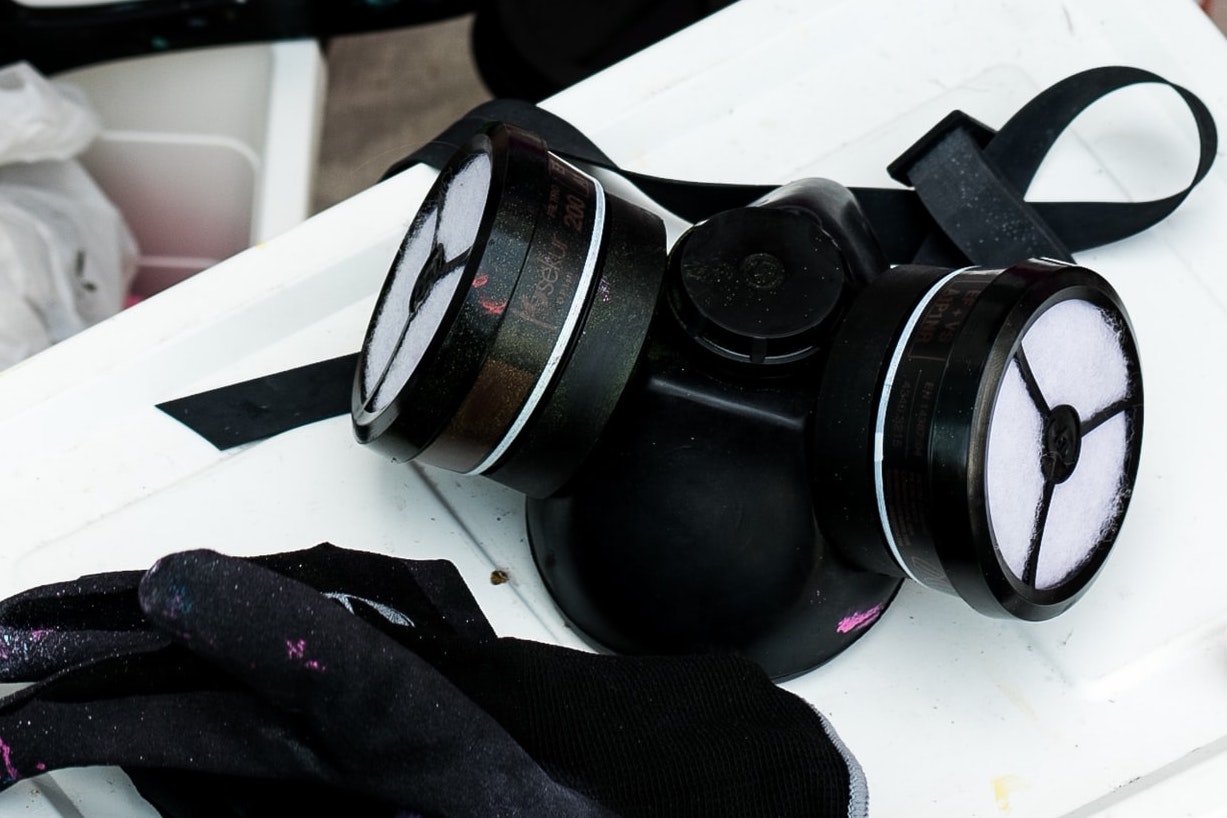Elastomeric respirators are reusable masks that filter 99% of particles, are domestically produced, and can last up to a year. So why are we using N95 masks widely, and not these?
In the early 1990s, long before P.P.E., N95 and asymptomatic transmission became household terms, federal health officials issued guidelines for how medical workers should protect themselves from tuberculosis during a resurgence of the highly infectious respiratory disease.
Their recommendation, elastomeric respirators, an industrial-grade face mask familiar to car painters and construction workers, would in the decades that followed become the gold standard for infection-control specialists focused on the dangers of airborne pathogens. Like all masks, it’s important the elastomeric respirator is properly fitted.
The Centers for Disease Control and Prevention promoted them during the SARS outbreak of 2003 and the swine flu pandemic of 2009. A few studies since then have suggested that reusable elastomeric respirators should be essential gear for frontline medical workers during a respiratory pandemic, which experts predicted would quickly deplete supplies of N95s, the disposable filtration masks largely made in China.
But when the coronavirus swept the globe and China cut off exports of N95s, elastomeric respirators were nowhere to be found in a vast majority of hospitals and health clinics in the United States.
The pandemic has generated a bevy of painful lessons about the importance of preparing for public health emergencies. From the Trump administration’s tepid early response to the C.D.C.’s bungled coronavirus testing rollout and its mixed messaging on masking, quarantining and the reopening of schools, the federal government has been roundly criticized for mishandling a health crisis that has left one million Americans dead and dented public faith in a once-hallowed institution.
Three years into the pandemic, elastomeric respirators remain a rarity at American health care facilities. The C.D.C. has done little to promote the masks, and all but a handful of the dozen or so domestic companies that rushed to manufacture them over the past two years have stopped making the masks or have folded because demand never took off.
Read more at The New York Times.






